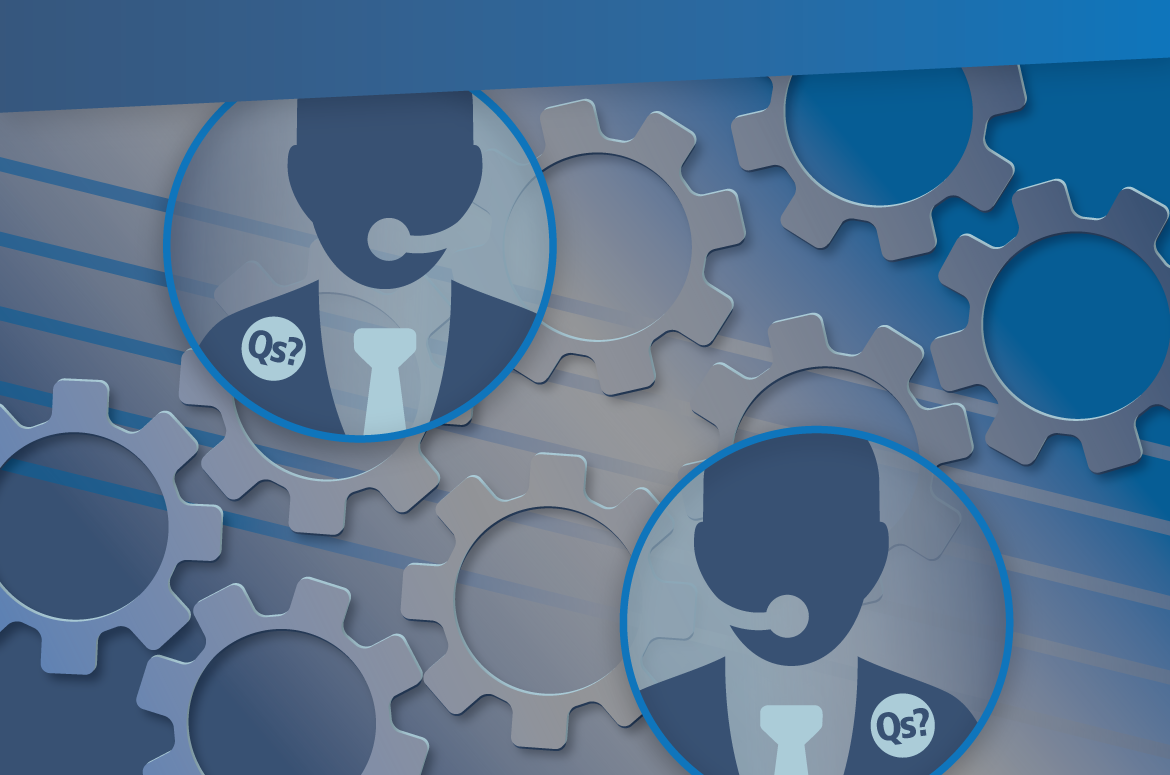By Rob Unger
The majority of U.S. corporations have an atrocious cash application hit rate for B2B payments, where less than 20 percent of payments are processed automatically, and applied to open invoices without manual intervention.
I’ve written previously about best-in-class practices for slaying this nightmare on receivables street that adds unnecessary expense, erodes profit margin, and drives up business’ cost to serve customers.
Now, I want to highlight another great opportunity to rescue cash application: NACHA’s Request for Payment (RfP), now available for use in the U.S. ACH Network.
NACHA's RfP is like an electronic invoice, whereby a seller transmits details to a buyer about payment owed, in this case, through the ACH Network. The RfP provides typical invoice-related information like invoice number, line item purchases, discounts, taxes, and how a buyer can pay electronically. The buyer, in turn, can “flip” the RfP data back to the seller in an ACH payment. Thus, when the seller receives the payment, it will include all the information needed to post the payment automatically.
(Note: I’ll be speaking about RfP at the Exchange Summit Americas, May 8 - 9, 2018, in Miami. Readers of this blog are eligible for a $200 discount by entering code NAC18 when registering.)
Benefits
Any business that can send and receive ACH payments can use the RfP and reap mutual benefits with trading partners:
Order to Cash Benefits
- Deliver invoices electronically in a standardized format to any customer’s bank.
- Lower receivables costs with increased ACH payments.
- Increase cash application hit rates, improve company profit margins.
- Leverage existing accounting/ERP software and treasury services.
Procure to Pay Benefits
- Improve cash management with timely invoice receipt and greater control of payment scheduling.
- Reduce cost of AP errors and improve related controls.
- Reduce the cost of managing paper invoices.
How it Works
The RfP is based on the ISO 20022 “Creditor Payment Activation Request” (pain.013) message. The pain.013 defines the data and format for the RfP. Once processes and agreements are in place with the bank and trading partner:
- Seller transmits RfP (pain.013) in a zero dollar U.S. ACH Network CTX message.
- Buyer receives RfP and processes request for payment.
- Buyer pays seller with U.S. ACH Network CTX payment, which includes the required remittance advice details – derived from the RfP - in the same message.
- Seller posts payment, closes open invoice.
The RfP mapping specification defines:
- How to construct an ISO 20022 XML-formatted information for RfP (pain.013) and response to the request (pain.014) in ACH addenda records.
- The XML Schema Definition (XSD) for describing the elements in pain.013 and pain.014
Getting Started
To get started, businesses should coordinate with their trading partners as well as their financial institution and ensure:
- Bank/vendor partner can send/receive ACH CTX credits for B2B payments.
- Accounting/ERP vendor supports ISO 20222.
- Trading partner agreements are updated as needed to address the RfP process.
Contact NACHA if you have questions or would like to know more about RfP.


